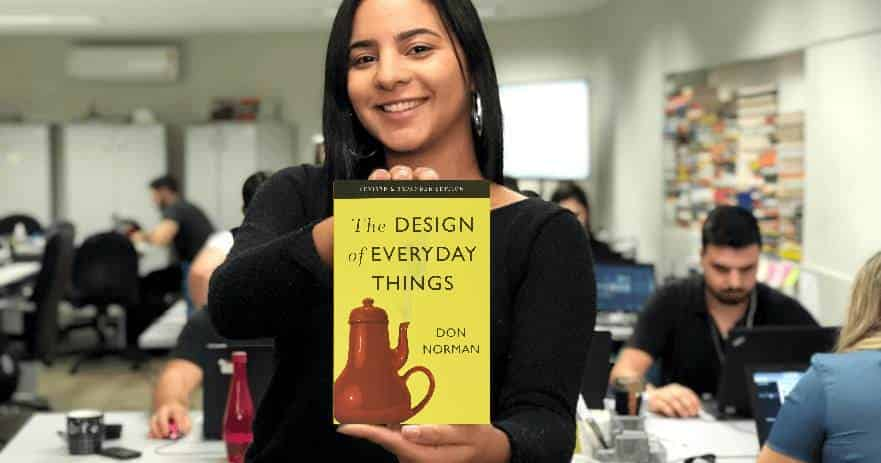
The Design of Everyday Things - Donald A. Norman
Find out in this summary how the thousands of everyday objects that you use or project can be improved and discover the flaws of the design market with the former vice president of Apple.
Choose language:
